#NASA jpl
Photo
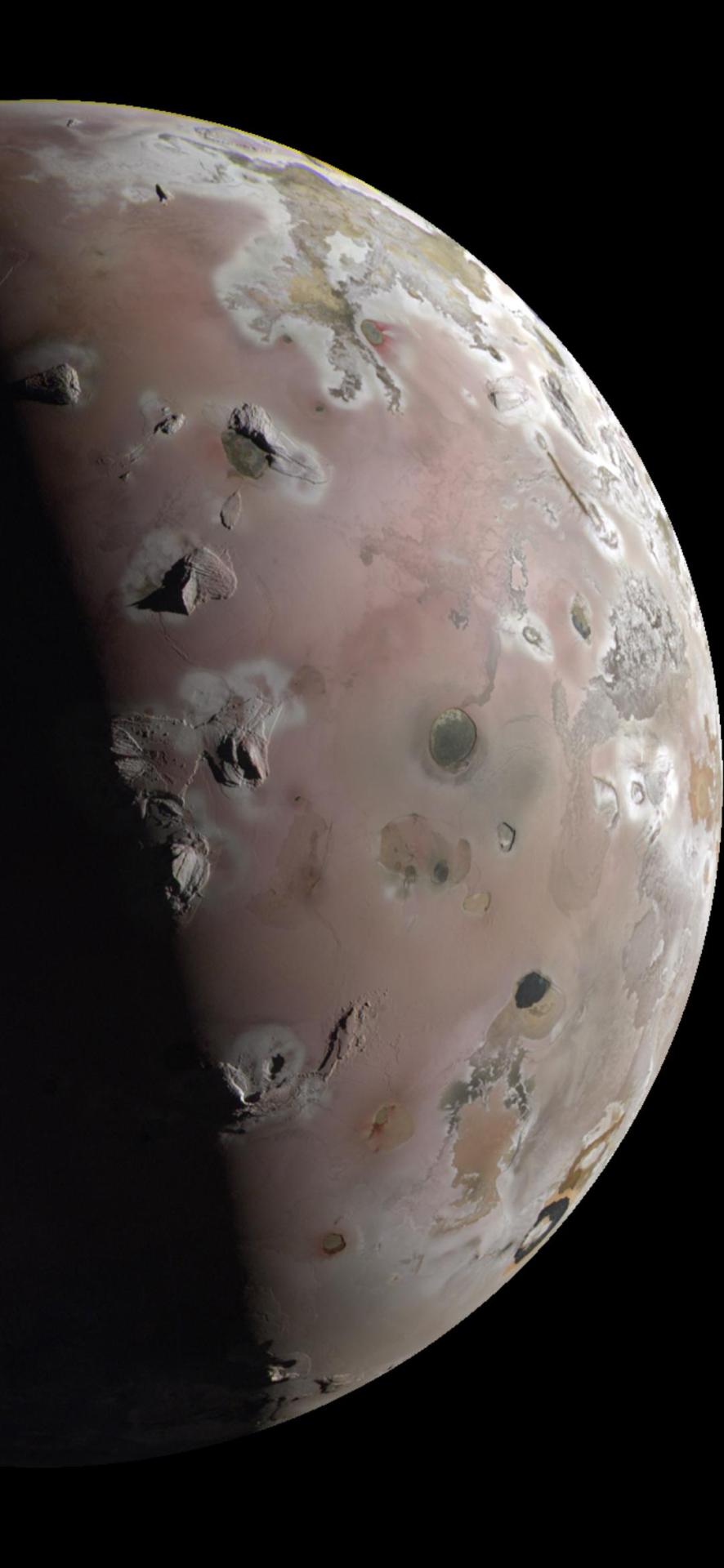
NASA’s Juno Gets a Close Look at Jupiter’s Volcanic Moon Io on Dec. 30, 2023 (via u/enknowledgepedia on r/spaceporn)
#io#jupiter#space#planets#solar system#moon#juno#nasa#nasa jpl#geology#astronomy#spaceporn#enknowledgepedia#reddit#vulcanism#volanos#dec 30 2023#landscape#surface#lunar surface#texture#topography#photography
814 notes
·
View notes
Text
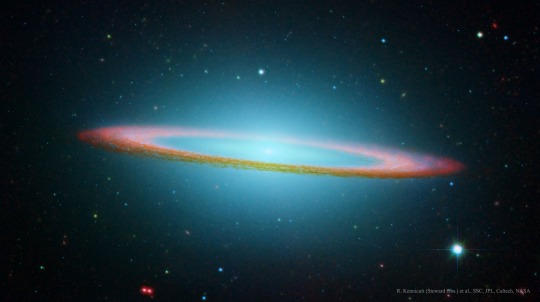
The Sombrero Galaxy in infrared. Image by Robert Kennicutt/NASA JPL
368 notes
·
View notes
Text

Earth as seen through Saturn's ring(Cassini)
#cassini#earth#saturn#astronomy#astro community#astrophotography#science#cosmos#photography#space#solar system#nasa jpl#nasa#nasa photos
89 notes
·
View notes
Photo

345 notes
·
View notes
Text
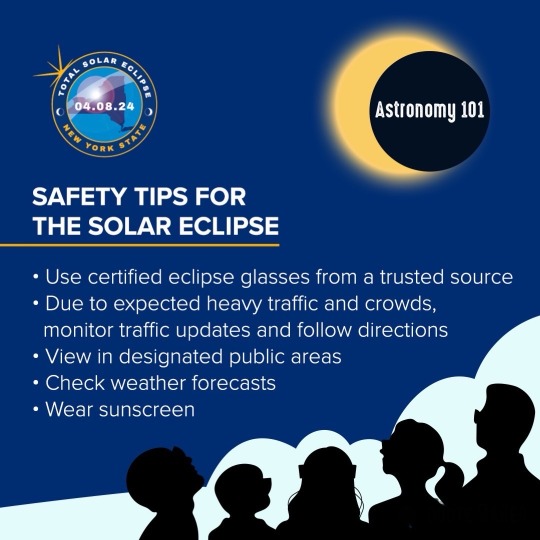
Just a reminder
#solar flare#solar eclipse#2024#nasa photos#nasawebb#astronomy#nasa#astronomers#universe#astrophotography#astrophysics#outer space#hubble space telescope#nasa jpl#nasa picture of the day#astronomy facts#i love astronomy#astrography#astronaut#astro community#astro notes#astro observations#sunshine#moon#space science#space exploration#space#planetary science#science facts#science
61 notes
·
View notes
Text
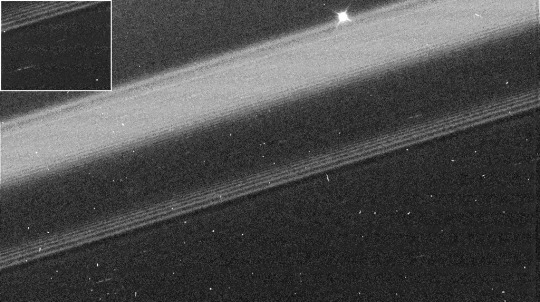
Cassini: Eight new propeller-like features within Saturn's A ring in what may be the propeller "hot zone" (August 20, 2005)
#cassini huygens#cassini#2005#2000s#krakenmare#astronomy#solar system#astrophotography#outer space#nasa jpl#jet propulsion laboratory#nasa#thank you nasa#space#saturn#saturn rings
71 notes
·
View notes
Text
Debugging Code 15 Billion Miles Away
NASA’s Voyager 1 Resumes Sending Engineering Updates to Earth
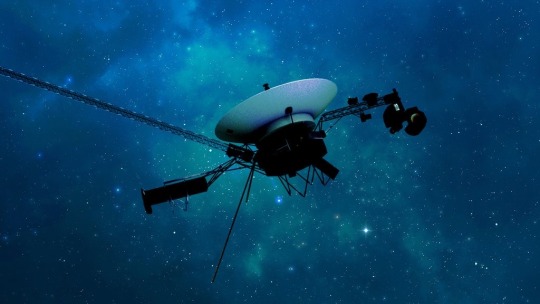
For the first time since November, NASA’s Voyager 1 spacecraft is returning usable data about the health and status of its onboard engineering systems. The next step is to enable the spacecraft to begin returning science data again. The probe and its twin, Voyager 2, are the only spacecraft to ever fly in interstellar space (the space between stars).
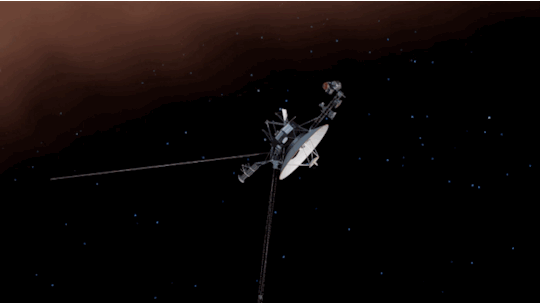
Voyager 1 stopped sending readable science and engineering data back to Earth on Nov. 14, 2023, even though mission controllers could tell the spacecraft was still receiving their commands and otherwise operating normally. In March, the Voyager engineering team at NASA’s Jet Propulsion Laboratory in Southern California confirmed that the issue was tied to one of the spacecraft’s three onboard computers, called the flight data subsystem (FDS). The FDS is responsible for packaging the science and engineering data before it’s sent to Earth.
The team discovered that a single chip responsible for storing a portion of the FDS memory — including some of the FDS computer’s software code — isn’t working. The loss of that code rendered the science and engineering data unusable. Unable to repair the chip, the team decided to place the affected code elsewhere in the FDS memory. But no single location is large enough to hold the section of code in its entirety.
So they devised a plan to divide the affected code into sections and store those sections in different places in the FDS. To make this plan work, they also needed to adjust those code sections to ensure, for example, that they all still function as a whole. Any references to the location of that code in other parts of the FDS memory needed to be updated as well.
The team started by singling out the code responsible for packaging the spacecraft’s engineering data. They sent it to its new location in the FDS memory on April 18. A radio signal takes about 22 ½ hours to reach Voyager 1, which is over 15 billion miles (24 billion kilometers) from Earth, and another 22 ½ hours for a signal to come back to Earth. When the mission flight team heard back from the spacecraft on April 20, they saw that the modification worked: For the first time in five months, they have been able to check the health and status of the spacecraft.
32 notes
·
View notes
Text
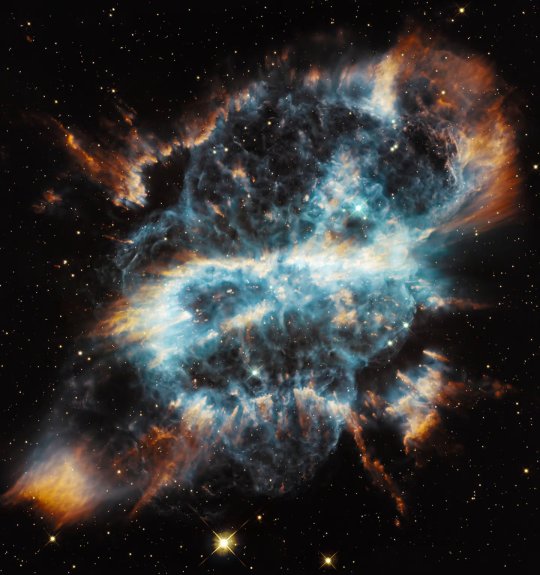
Nebula NGC 5189
Credit: Hubble
#nebula#hubble telescope#photography#astrology observations#photographers on tumblr#galaxy#universe#nasa#nasa jpl#discovery#love
57 notes
·
View notes
Text
Happy Birthday, Curiosity!

Curiosity landed on Mars on August 5, 2012 and is "turning" 11 today!
On its first landiversary, engineers on the ground celebrated the occasion by programming Curiosity to "sing" Happy Birthday to itself! A truly once-in-a-lifetime declaration of humans' love for a Mars rover!
youtube
And the gestures of love and appreciation for the robot didn't end there! Last year, on Curiosity's 10th landing anniversary, Husqvarna programmed 100.000 of their lawnmower robots to sing Happy Birthday to Curiosity.
youtube
Powered by a multi-mission radioisotope thermoelectric generator (MMRTG), Curosity has been providing us with invaluable information about our red neighbor for 11 years now.
In her time on Mars, Curiosity has been climbing Mount Sharp, taking rock samples, pictures and more to find answers to some of the biggest questions we have about Mars. Most notably, she determined that liquid water and other chemicals necessary for supporting life were present on Mars in the past, and water is still present in the form of ice.
Happy Birthday Curiosity, and congratulations to everyone on Earth without whose tireless work, dedication, passion and imagination none of these achievements would be possible!

#nasa#space#science#mars#mars exploration#curiosity#curiosity rover#mars rover curiosity#mars rover#mars rovers#astrobiology#astronomy#happy birthday curiosity#my post#jpl#nasa jpl#Youtube
44 notes
·
View notes
Text
youtube
26 notes
·
View notes
Photo

First gouache painting of the year, NASA’s Jet Propulsiion Lab building in Pasadena. Its a really breath taking view of the building! Had so much fun! Also it was cold (well in LA standard cold XD) so I ended up painting it in my car lol
#Illustration#painting#plein air#gouache#gouache painting#landscape#space#nasa jpl#nasa#new year#color#travel#artists on tumblr
131 notes
·
View notes
Text
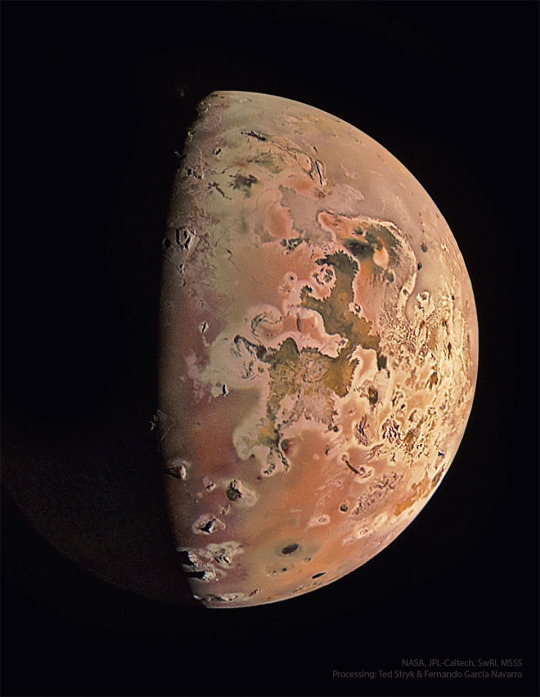
Jupiter’s moon Io. About the size of Earth’s moon. It’s covered with volcanos.
(NASA/JPL)
114 notes
·
View notes
Text
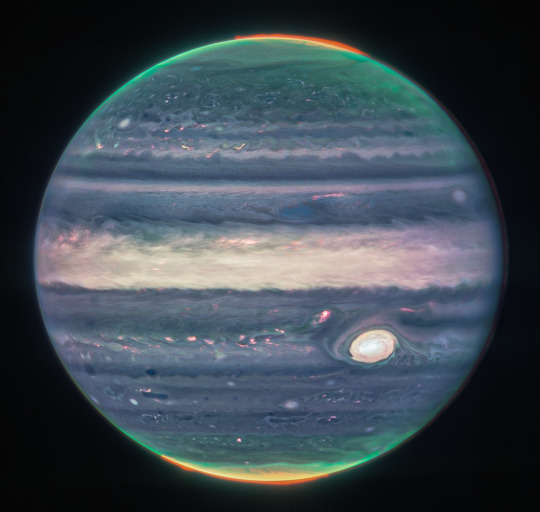
Jupiter in ultraviolet
Auroras and hazes glow in this composite image of Jupiter taken by the James Webb Space Telescope’s Near-Infrared Camera (NIRCam). NIRCam has three specialized infrared filters that showcase details of the planet.
#astronomy#astrophotography#astro community#science#photography#cosmos#solar system#space#jupiter#james webb space telescope#nasa#nasa photos#nasa jpl
82 notes
·
View notes
Text
NASA’s Juno spacecraft camera images processing
Learn more on the Mission Juno websites: https://www.missionjuno.swri.edu / https://science.nasa.gov/mission/juno
Credit : NASA / JPL-Caltech /SwRI / MSSS / Jackie Branc
#photography#elloon#juno spacecraft#junocam#jupiter#Io#ganymede#astronomy#nasa#nasa photos#missionjuno#nasa jpl#caltech#SwRI#MSSS#astrophotography#planet#space#galileo#galilean moons
14 notes
·
View notes
Text
DARK CLOUD COMPLEX IN AQUILA RIFT" - Deepsky 750mm LRGB - Area Constellation Aquila
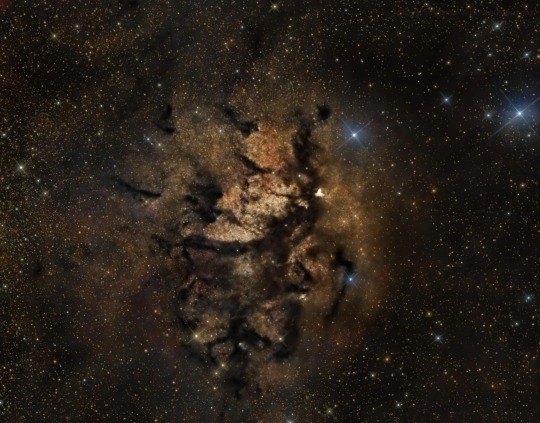
#astronomy#nasa#astronomers#universe#astrophotography#nasa photos#astrophysics#outer space#nasawebb#hubble space telescope#aquila#nasa jpl#neutron stars#nebulosa#planetary nebula#nebula#i love astronomy#astrography#astro notes#astro community#astro observations#astroblr#astro boy#space travel#space science#space exploration#space#planetary science#science facts#science
70 notes
·
View notes
Text

What do you see? Islands in rough seas? Clouds? Nope… It’s Mars! This is a false-color image from NASA HiRISE of a mysterious crater in the northern plans of Arabia Terra on Mars. Why is it mysterious? I’ll let @nasa explain…
“HiRISE images often raise more questions than answers. For example, this image of the northern plains of Arabia Terra shows craters that contain curious deposits with mysterious shapes and distribution. The deposits are found only in craters larger than 600 meters in diameter and are absent from craters measuring 450 meters and less. The deposits are located on the south sides of the craters but not in the north (although the cutout shows a crater that also has windblown deposits in the north). The deposits have horizontal laminations that could be layers or terraces. The deposits also have radial striations formed by small bright ridges. We suspect that these features formed by sublimation of ice-rich material. The terraces might represent different epochs of sublimation. Perhaps the larger craters penetrated to a water table between 45 and 60 meters below the surface and were flooded after formation.” - NASA
You can find this image in the JPL Photojournal
#nasa#hirise#space#spaceflight#engineering#science#technology#space exploration#aerospace#nasa jpl#mars#mystery#meteor#martian#nasa mars#nasa hirise
68 notes
·
View notes